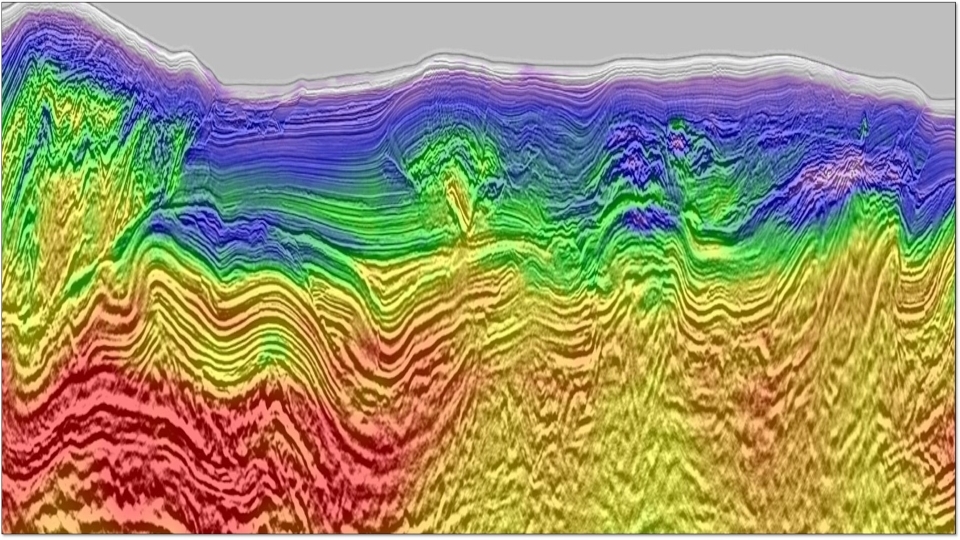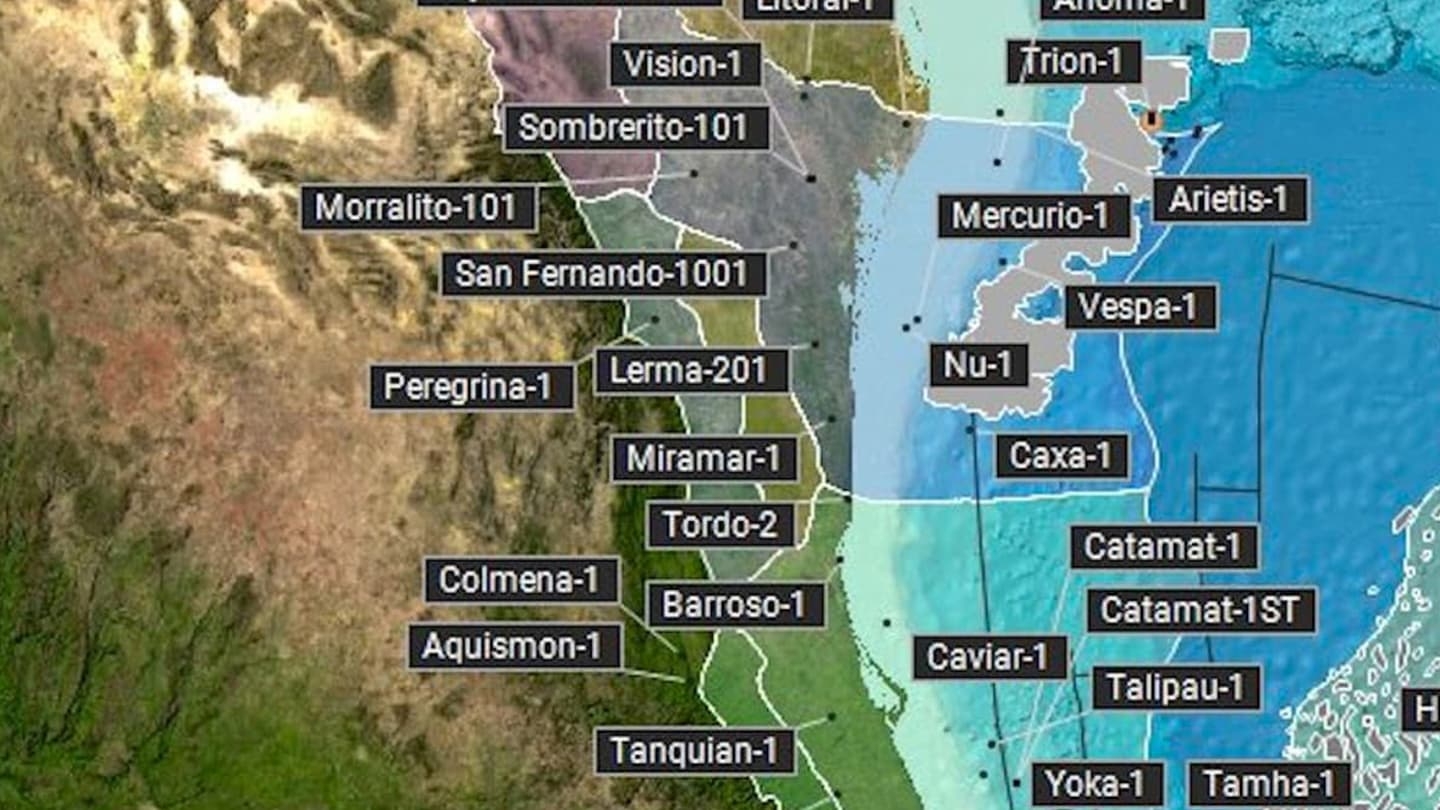Industry Article
Subsalt imaging improvement possibilities through a combination of FWI and reflection FWI
Back to Technical ContentDespite continuous improvements in seismic acquisition and processing technology, imaging under the salt remains very challenging, specifically because of the difficulty to update the complex salt geometries and the velocity under them. Synthetic studies show that when certain conditions are met, full waveform inversion (FWI) can recover very complex velocity models, including the geometry of the salt and the sub-salt velocity. Unfortunately, the current available seismic data fall short of meeting the requirements needed to replicate what can be achieved on synthetic data. We first use a typical wide-azimuth (WAZ) dataset from the Mexican side of the Gulf of Mexico (GoM) to show what FWI can do to help improve the imaging in the sub-salt. Besides utilizing the diving wave energy to derive a reliable model in the shallow sediment overburden, we present a Reflection FWI (RFWI) workflow to update the velocity model in the deep area. We then use an ultra-long offsets, full-azimuth (FAZ) dataset from the U.S. side of the GoM to show that, with better data, FWI and RFWI can be combined to help recover the velocity in and around complex salt bodies, providing significant uplift to sub-salt images.
Download Resource 
Publications
The Leading EdgeAuthors
Chao Peng, Minshen Wang, Nicolas Chazalnoel, Adriano Gomes





